In today’s unpredictable times, having a solid emergency fund is no longer optional, it’s a must. In 2025, amid economic uncertainty, job market shifts, and rising expenses, building an emergency fund could be the smartest financial decision you can make. But where to start, when everything—from inflation to AI-driven job changes—transforms personal finance?
This guide will give you a step-by-step strategy for building a strong emergency fund, so you can confidently face any financial storm.
Why is an emergency fund important in 2025
The global economy has become quite dynamic. Daily expenses have increased due to inflation, and with the convenience of AI and automation, job security has also become a challenge. In such a situation, it is important to have a safety net, so that you can easily handle unexpected expenses, like medical bills, car repairs, or job loss.
Experts say that your emergency fund should cover at least 3-6 months of expenses. Considering the uncertain job market of 2025, a cushion of 6-9 months would be better.
Step 1: Set a Realistic Goal
First, calculate your monthly essential expenses: rent, utilities, groceries, insurance, and transport. Multiply this by the number of months your fund covers. If it takes ₹50,000 a month and the goal is 6 months, then set a target of ₹3,00,000.
Keep the start small. An emergency fund of ₹5,000 can also come in handy in tough times.
Step 2: Automate the savings
In 2025, fintech tools will have become very smart. You can set up regular savings using budgeting apps like YNAB, Rocket Money, or your bank’s automation features. A fixed amount will go directly into the emergency fund every month.
AI-based tools also give smart saving suggestions based on your spending habits—use them!
Step 3: Open a High-Yield Savings Account
The emergency fund should be separate and easily accessible. Online banks in 2025 offer high-interest rate accounts that beat inflation. While choosing an account, look for: no fees, quick transfer, and FDIC insurance.
Options like Marcus by Goldman Sachs, Ally Bank are the best. Some accounts even round up small amounts and save them.
Step 4: Reallocate by cutting expenses
Subscription overload is common in 2025, streaming, fitness, and food delivery. Cancel what you’re not using and put the money into an emergency fund.
AI-based expense trackers help you identify your unnecessary expenses.
Step 5: Boost funds with extra income**
Side hustles are easy today. Generate income by doing freelance work, micro-tasking, or selling digital products (ebooks, templates). Invest 100% of the income you get from this into an emergency fund.
Divert a portion of your salary increment or tax refund here as well.
Step 6: Regularly Review and Protect
Even after achieving the target, review the fund quarterly. Update the amount according to life changes (baby, job, relocation). Invest the excess fund in inflation-proof products.
Some banks now offer hybrid accounts that invest a small portion in low-risk ETFs, the rest remains liquid.
Don’t make these mistakes
- Use the fund for non-emergency – Keep it only for emergencies, not for vacation.
- Don’t refill after use – Whenever the money is withdrawn, save it back quickly.
- Keep the fund in a checking account – Keep it in a separate account where you get interest and there is less temptation.
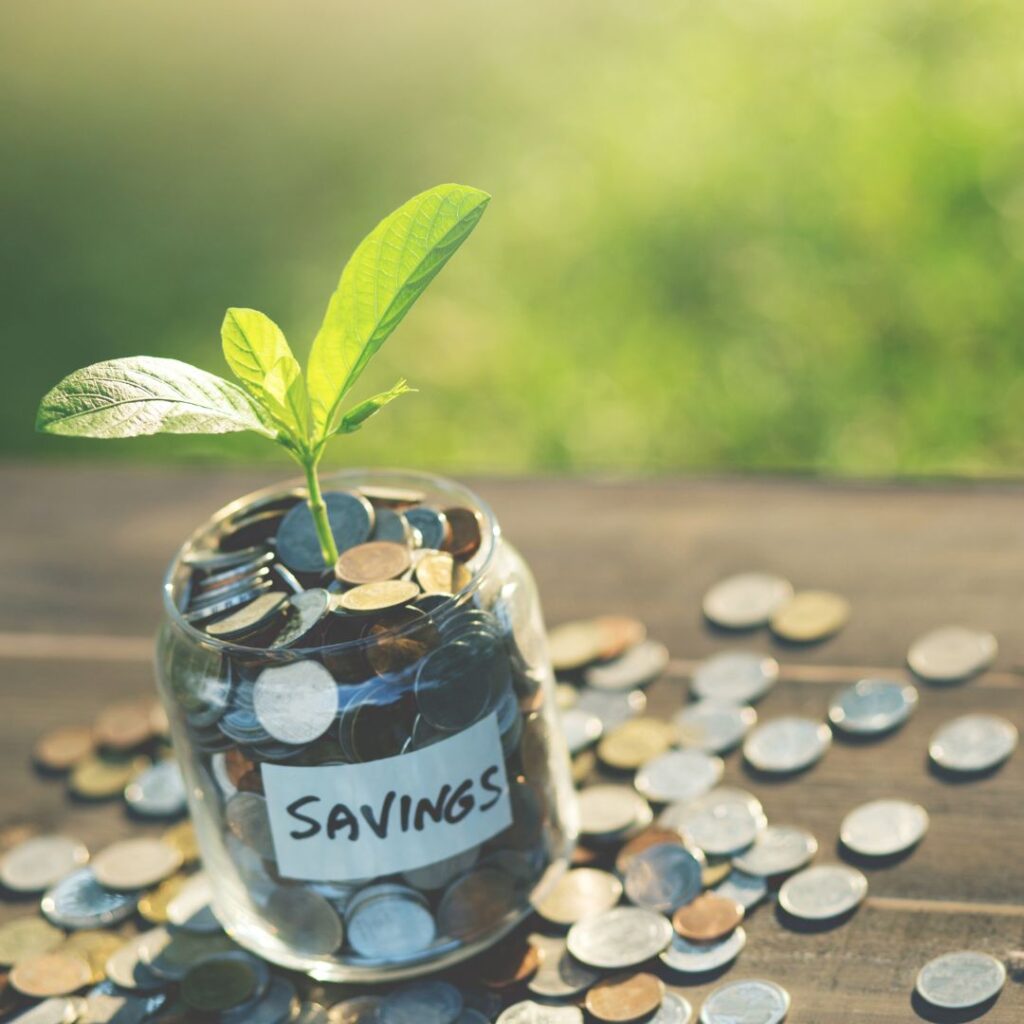
Final Thoughts:
Make it a habit, not just a task
Financial stability in 2025 does not only mean surviving; it also means growing. An emergency fund gives you freedom, peace of mind, and control.
The best strategy is this: start today, be regular, and make smart use of new tools.
A strong emergency fund can become the most powerful asset of your financial life.
Call to Action:
Have you started making your 2025 emergency fund? Which tools or apps have been helpful for you? Share your strategies in the comments and inspire others!

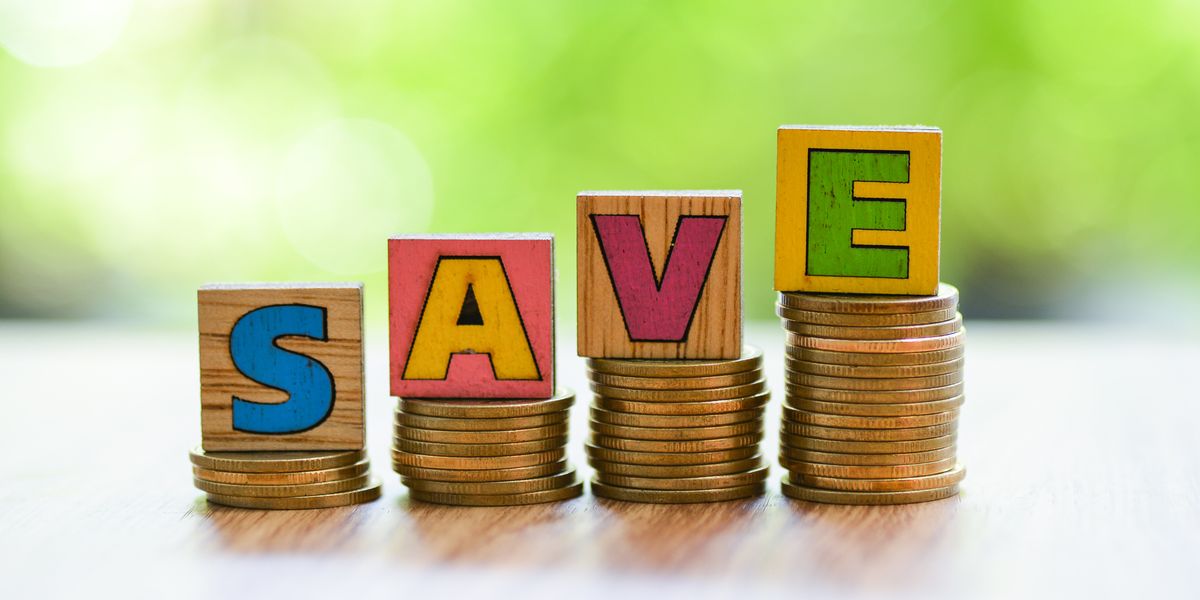


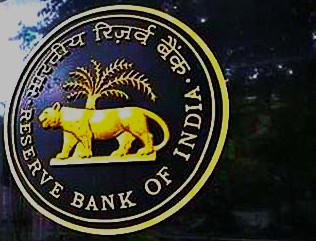
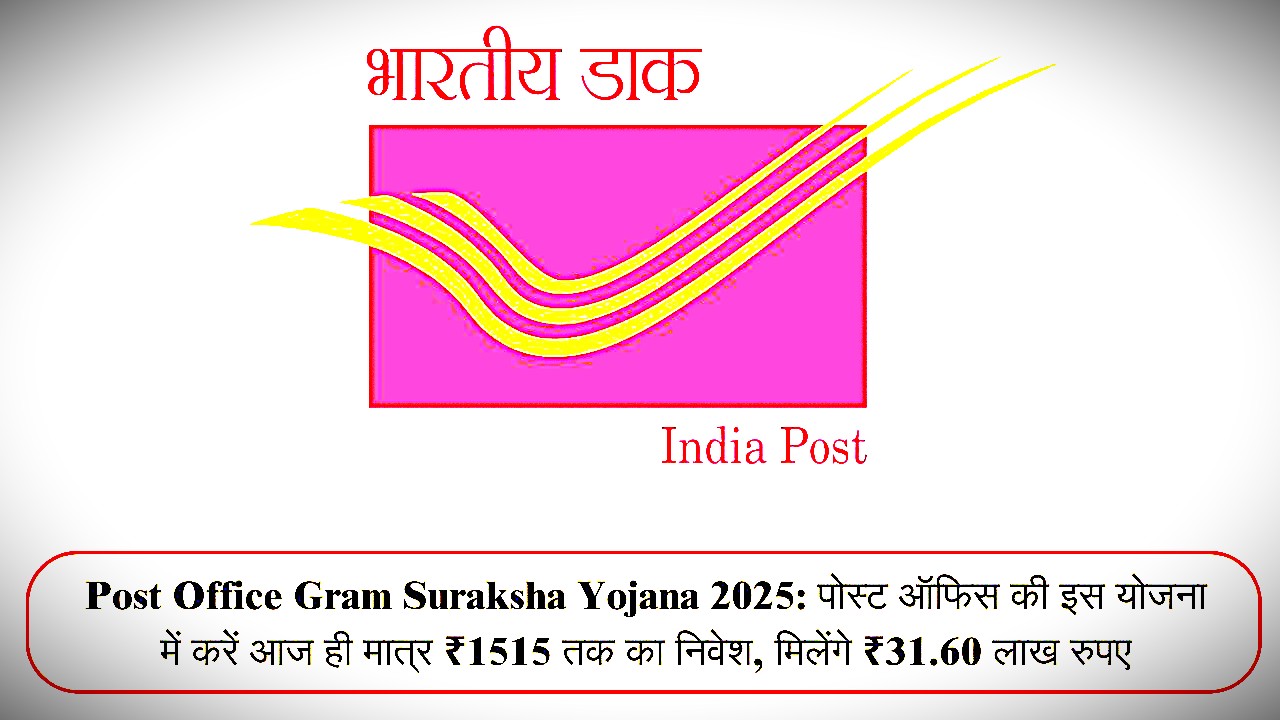




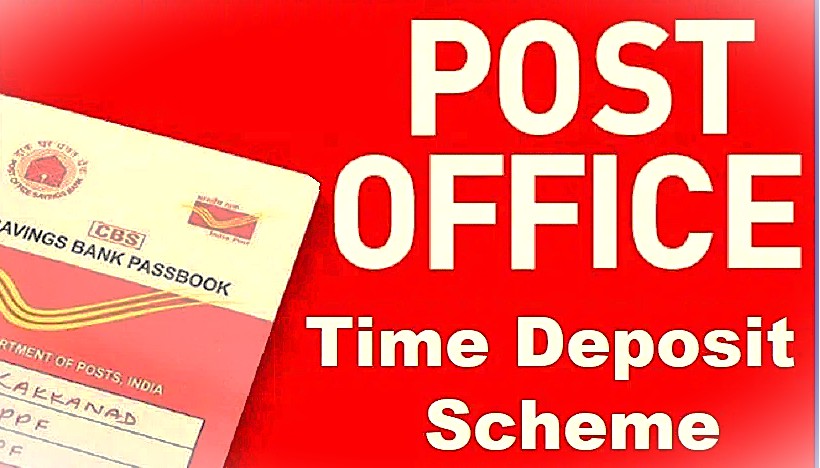
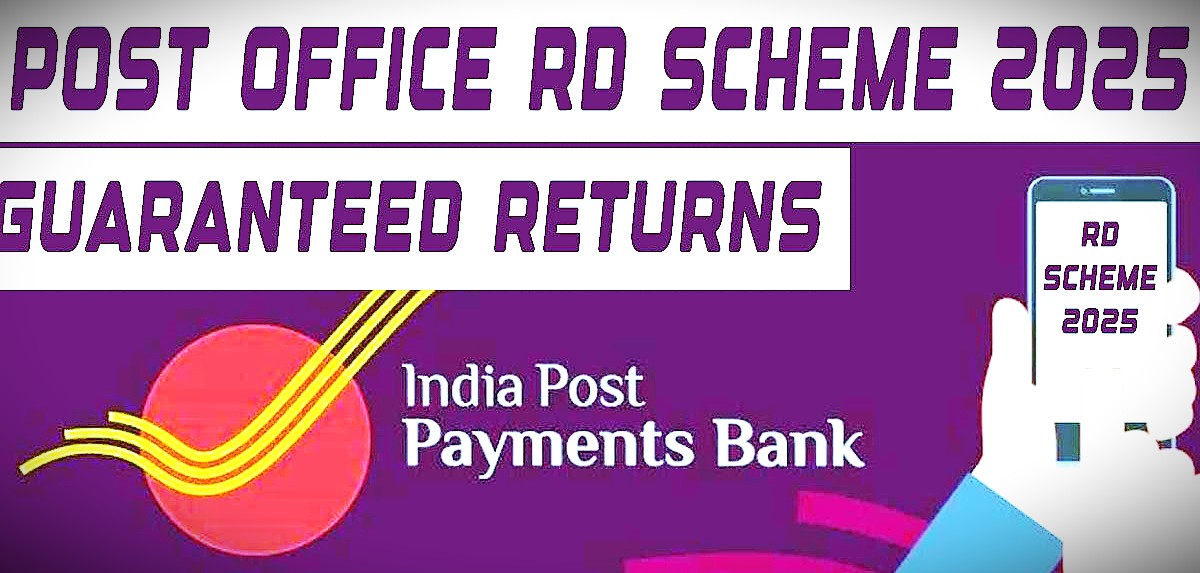

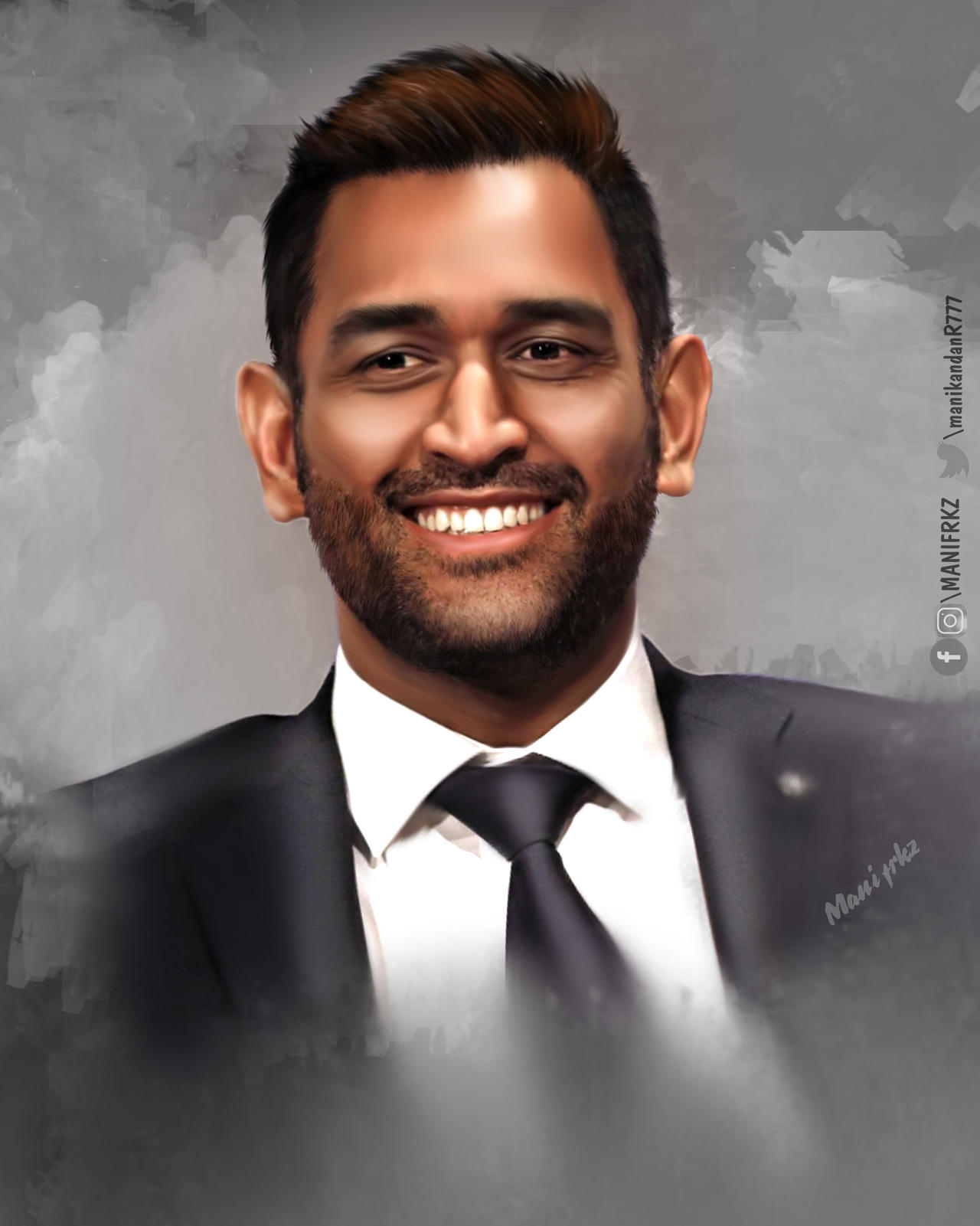

Накрутка авито
Interesting read! I completely agree that an emergency fund is essential, especially with the economic uncertainties we’re facing. The idea of using AI-driven tools to manage savings is fascinating—do you think they’re reliable enough to trust with such an important task? I’m curious, though, how do you balance building an emergency fund with other financial goals like investments or paying off debt? Also, do you think 6-9 months is realistic for everyone, or should it vary based on individual circumstances? I’d love to hear your thoughts on whether traditional savings methods still hold value in this tech-driven era. What’s your take on the best way to start for someone who’s just beginning?